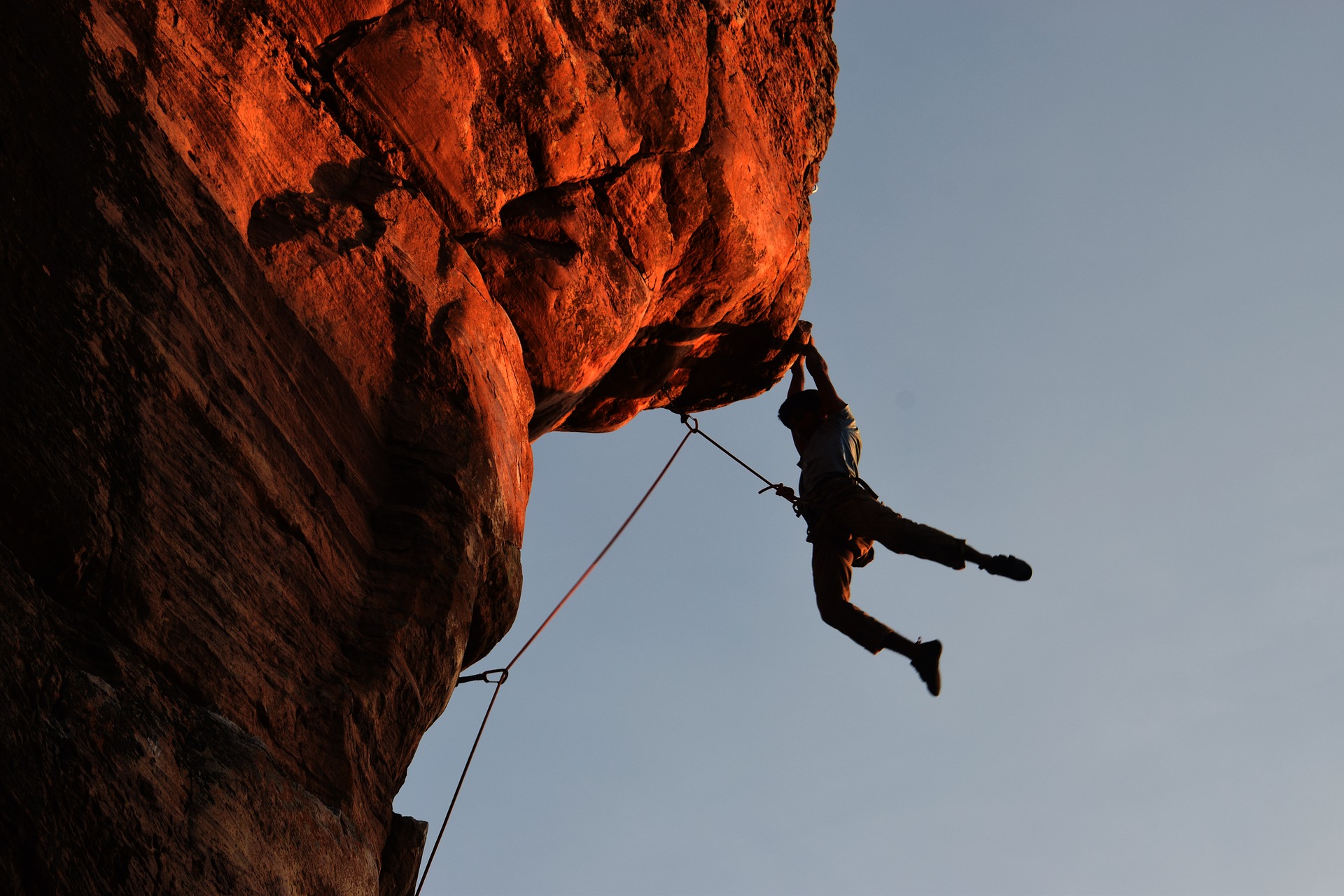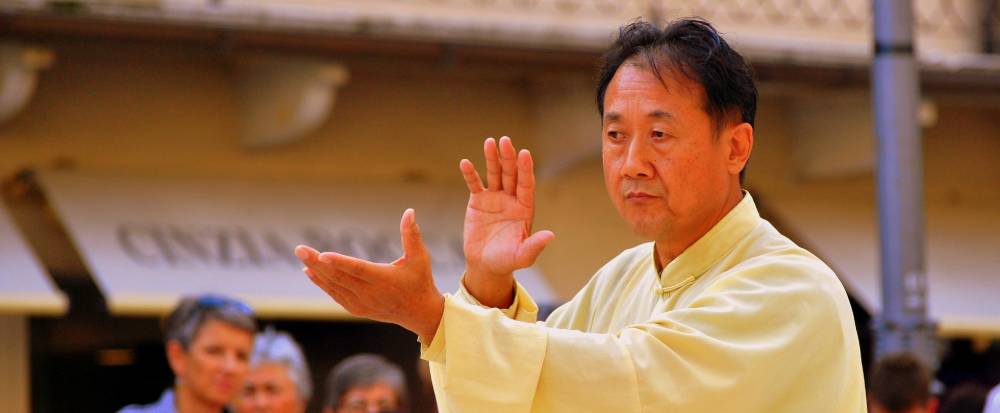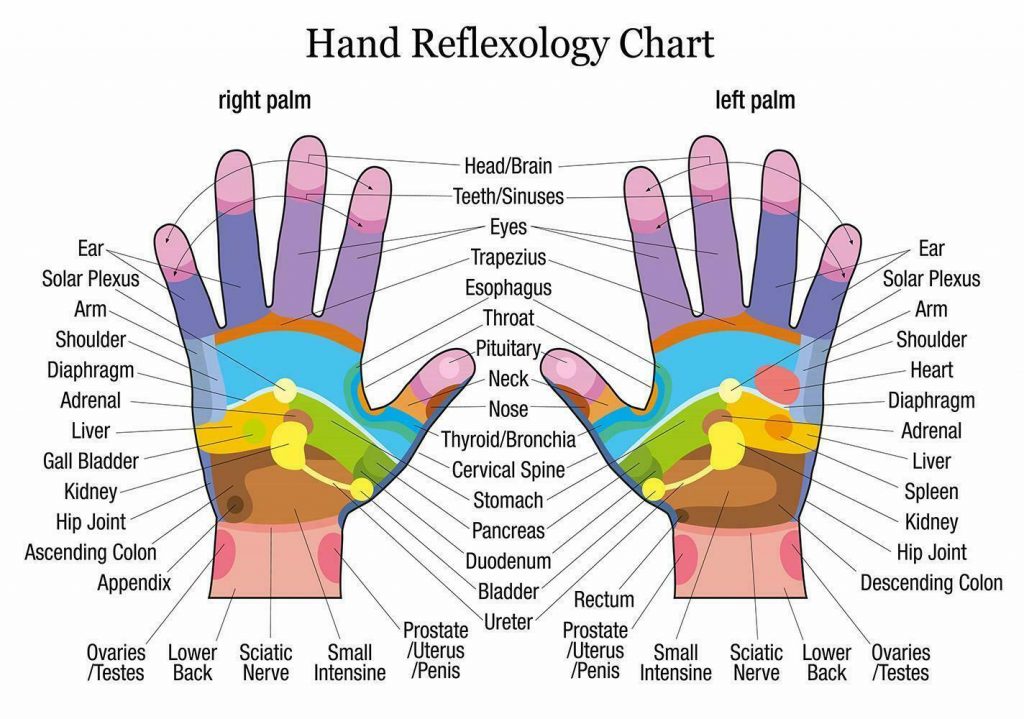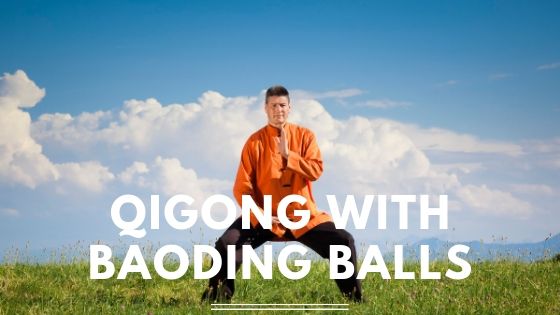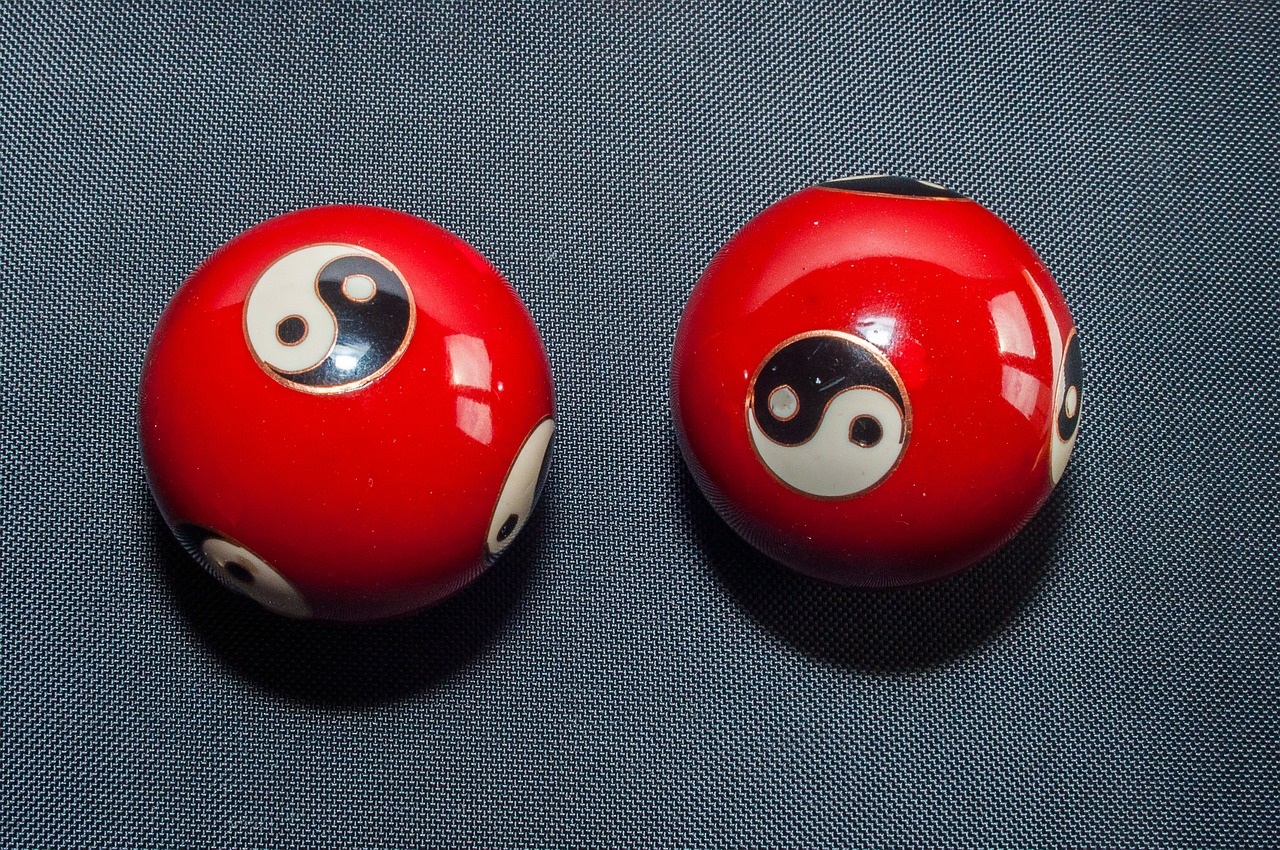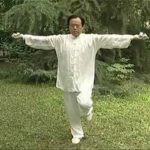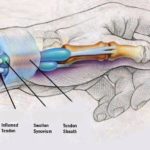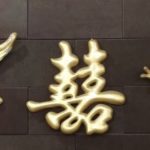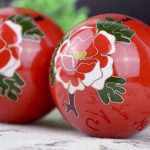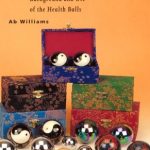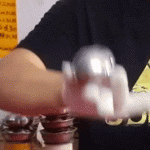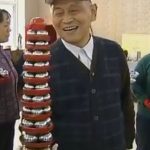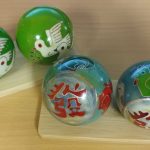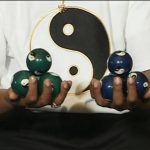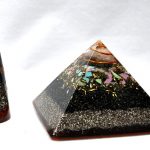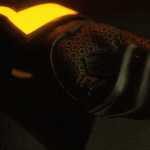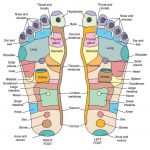There’s no better validation that baoding balls are a great tool for building grip strength than from a world record setting grip strength strongman named John Brookfield. Some records he hold are bending 520 penny nails in 1.5 hours and ripping 100 deck of cards in 2 minutes 15 seconds. And by the way, Mr. Brookfield wrote the book on hand and grip strength in his books “Mastery of Hand Strength” and “The Grip Master’s Manual“.
There are several common names for baoding balls and in Grip Master’s Manual, he calls them dexterity balls. If you found this article looking to improve your grip strength but are not familiar with dexterity balls, they are two or more metal balls you rotate in your hands to build strength and dexterity. To the beginner the easiest method would be to rotate two hollow balls in a clockwise direction with your right hand and a counter-clockwise direction with your left hand. Other than the normal ball rotation exercises, some of the techniques he suggests aims to make rotating the balls harder. First you can try rotating the balls with your palm in a vertical direction. And if you can do that, rotate the balls with your palm facing down. As you can imagine, you will have to be gripping and rotating the balls at the same time so they don’t fall which takes great endurance and control. Once that is mastered, you do things to make the exercise even harder by moving up to heavier balls, adding more balls, and rotating the balls without touching.
From his book, he writes:
“The method that I have developed with these balls will make your hands much stronger even if you’re not doing any other grip training at all. When I have been practicing the following system that I invented, every aspect of my hand strength has gone up, even though I have not been doing any other hand exercises at that time.”
Although his system is just his own routine of training with the balls, the underlying foundation is the same of baoding ball exercises used for centuries. One of the reviewers of this book personally experienced the grip strength phenomenon after getting sick. He was a rock climbing enthusiast and could not go to the climbing gym or workout. However, he had read John’s book and was able to work his hands with the dexterity balls while recovering for 2 weeks. After he recovered, he was surprised the rock walls he struggled with before became much easier and he was moving on to the hard walls he could never attempt before. His grip strength which was weak and failing on easy walls after a small amount of climbs was now holding strong.
Baoding balls are not the only gadget out there for building grip strength, but they would make a good addition to your collection of things to develop grip strength. The 1.5″ solid stainless steel baoding balls would make a good starting point as those ball are versatile in doing various exercises and are small enough to do the exercises with the palm vertical and facing down. The weight of solid steel is also beneficial.

